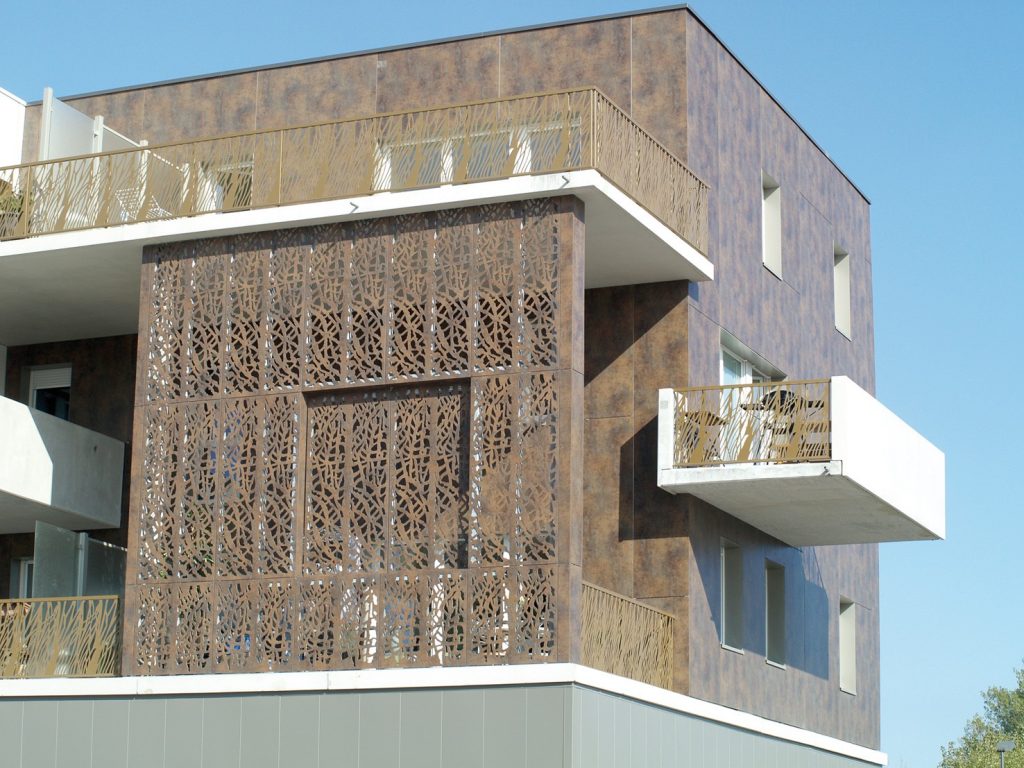Hints on Choosing a Cladding System for Your Home
 First impressions matter; and cladding system that suits your property will enhance its street appeal and make every first impression of your home great. But cladding is much more than appearances. It’s a way to keep your home weather-resistant and to increase its market value if the time ever comes to sell it. With the enormous number of different cladding systems available today, it may take some time until you find the one that perfectly matches your house. We’ll make your choice much easier with the following hints.
First impressions matter; and cladding system that suits your property will enhance its street appeal and make every first impression of your home great. But cladding is much more than appearances. It’s a way to keep your home weather-resistant and to increase its market value if the time ever comes to sell it. With the enormous number of different cladding systems available today, it may take some time until you find the one that perfectly matches your house. We’ll make your choice much easier with the following hints.
Know Your Materials
The choice of cladding materials has never been as varied as today, and it’s only becoming greater with each passing day. Some of the things that you should take into account when choosing the cladding system for your home are: the architectural style of the property, the context, the condition of the house and the environment. Read on to find out which are the most commonly used and therefore the most popular cladding materials.
Brick Veneer
This is a rather traditional choice, especially if you’re searching for longevity and proven performance. Brick veneer also looks nice without being overwhelming. At the first glance, it is one of the most expensive materials, but if you count in minimal-maintenance and endurance, you’ll get one smart and sustainable option.

Timber
One of the most versatile materials there is, timber cladding provides you with the opportunity to be creative with your cladding system appearance. It can be painted or stained to fit into any color palette and deployed to classic and contemporary weatherboarding effect. If you choose a kind that is left unpainted, such as cedar you will have little problem with the influence of the elements. If you decide for painting, it is necessary to repaint it every few years to keep it looking fresh.
Man-made Weatherboarding
If you like the timber appeal, but you don’t want to deal with the maintenance issues, then the man-made weatherboarding is the next best thing. Prices of these depend on the quality, and they can range from very affordable to costly. Still, it’s well worth doing your research to make sure you’re getting what you’re paying for.
Stone
Natural stone is a luxurious and durable cladding which is becoming more affordable as the methods of production become more efficient and refined. For an even more economical alternative, look for faux stone, which is almost indistinguishable from real stone, while providing similar benefits in terms of longevity and weather-resistance.
Metals
Metal cladding is perfect for modern architectural styles with clean and sharp lines. It’s very durable (up to eight years in harsh weather condition) and flexible. The two most frequently used metals are aluminum and zinc alloy. Lightweight aluminium composite panels are commonly the preferable choice, not only because they can fit in perfectly where weight is the problem, but also owing to their superb aesthetic appeal.
Concrete
Concrete cladding provides excellent insulation, while being extremely versatile when it comes to style. It can be textured, smooth, sandblasted, polished, washed and treated with acid. It can be mixed with different colors and there is even a photo concrete (photographs are incorporated into cladding).

Cladding System Trends
Timber and brick veneer are currently enjoying their moment in the sun. The latter is mostly used for character homes and bungalows, while the first is a more classic choice. Concrete and metal are the best for trying out contemporary design solutions, since they react great on different finishes, textures and hues.
Outdoor Comes In
There is an emerging trend of extending the cladding indoors, like creating stone feature walls. This creates a clear appearance of the exterior which simply runs inside the house with no visible interruptions. If you’re considering this style, you should know that the delineation between the two areas will grow with time, since the indoor, unlike the outdoor, won’t be exposed to the elements.
Take these hints into account and choose the cladding that will make the first impressions about your home great. Keep in mind, though, that the cladding system should also improve your home’s insulation.